The Department of Science and Technology (DOST) through Project NOAH briefed Baguio folks on Project NOAH’s landslide mapping project via an information, education and communication (IEC) seminar for the Cordillera Administrative Region (CAR) recently at the Crown Legacy Hotel in Baguio City.Project NOAH’s IEC intends to raise people’s awareness on the impending hazards brought about by natural calamities like floods and landslides.
“Since the Cordillera region is mostly composed of mountains, there is a need to study the area in detail and collect data that can be analyzed to create landslide maps,” said Aika Alemania, Senior SRS for ProjectNOAH’sLandslide Mapping component.
As a learning tool for the participants, Alemania also presented documentations of Typhoon Pablo in 2009 that triggered mud flow and debris flow in Barangay Andap, New Bataan and Compostela Valley.
“We are presently doing mapping of existing landslides, mapping of landslide susceptible areas using LiDAR (light detection and ranging) technology and mapping of alluvial fans,” said Alemania. “Alluvial fans are fan-shaped land formations brought about by landslide.”
“There are no alluvial fans in CAR except in Camp 1. It will be the province of Pangasinan that could be affected in the event of a landslide,” added Alemania.
The landslide mapping project started only in May 2013 and will end by April 2014, Alemania said.
She stressed the need to constantly monitor and study the terrain andsoil composition of the different areas in the country that are prone to landslides to gather pertinent data for the creation of landslide maps.
Other resource speakers included experts from various warning agencies, namely: JoidaPrieto, Senior SRS for Data Processing for UP DREAM LiDAR, a NOAH component that produces flood hazard maps; Jericho Jan Andres of Advanced Science and Technology Institute (ASTI) for hydromet sensors development; Mary Joy Gonzales of WebGIS for NOAH website and mobile apps; and Danilo Flores, Weather Specialist II of PAGASA Hydromet Division.
Participants to the event included officials of local government units from Abra, Kalinga, Apayao, Benguet and Ifugao; provincial disaster managers; academicians from UP Baguio, Saint Louis University, University of Cordillera, and Baguio Central University; non-government organizations, provincial police and military institutions and the local media practitioners.
Other guests present during the event were Dr. Julius Caesar V. Sicat, regional director of DOST-CAR who gave his opening remarks and Director Alex Uy chairperson of the Office of Civil Defense-CAR and RDRRMC-CAR who in turn gave the closing remarks.
Project NOAH or the Nationwide Operational Assessment of Hazards, is the disaster management program of the DOST. It was created and launched in July 6, 2012 as a response to the directive of President Benigno Aquino III to implement a responsive disaster mitigation and risk reduction program using science and state-of-the-art technologies in the aftermath of Typhoon Sendong that devastated Cagayan de Oro and nearby communities.
Project NOAH primarily conducts information campaigns in areas near the 18 major river basins all over the country to provide information as to risks attributed to natural hazards. Also under the program, CAR was identified as one of the vulnerable areas in terms of landslides due to its mountainous topography.
Written by: Rodolfo P. de Guzman/S&T Media Service, DOST-STII
Thursday, 24 October 2013 09:01



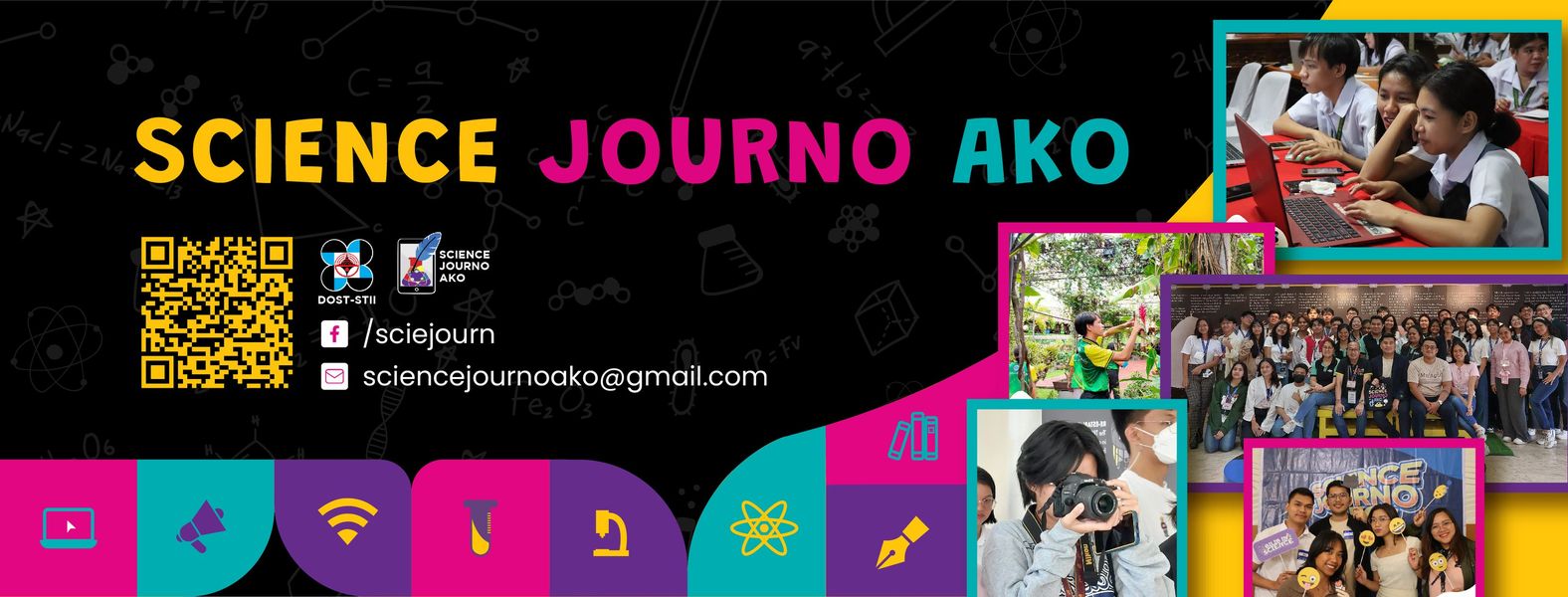
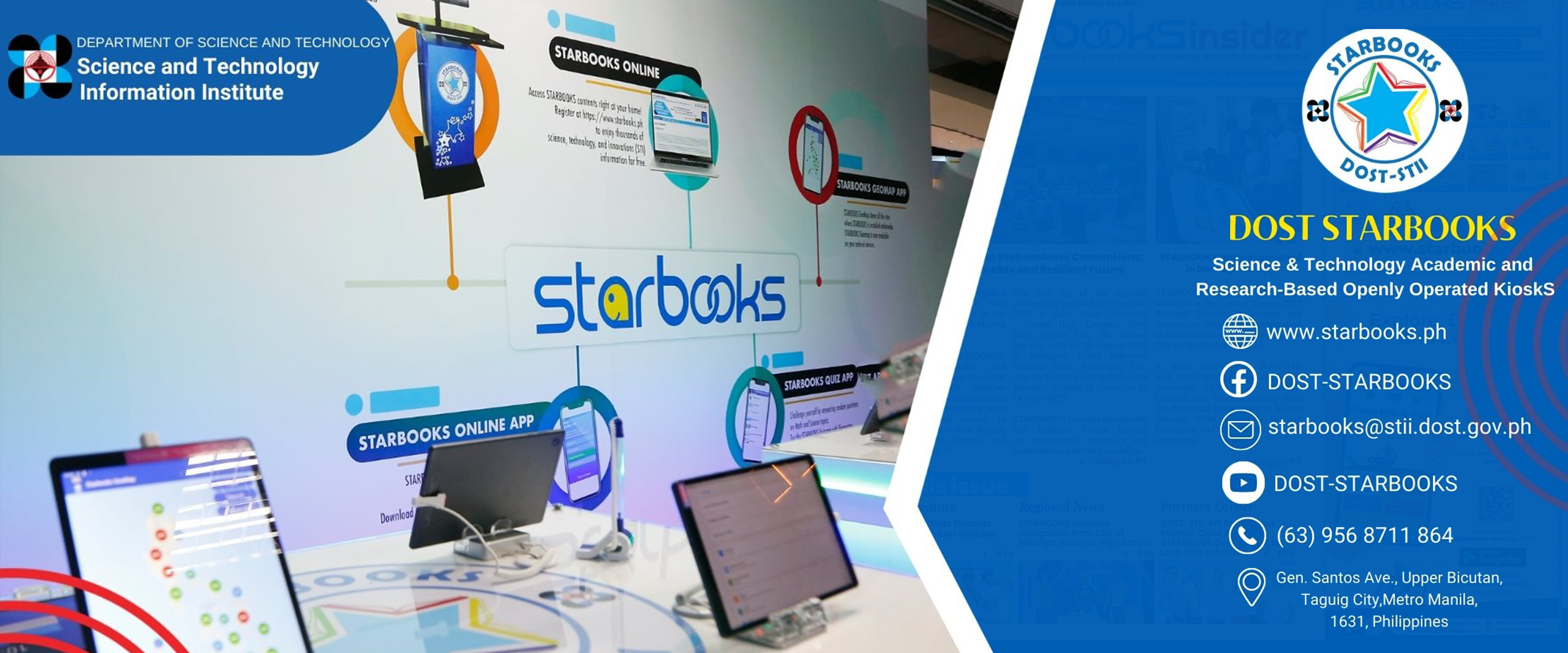
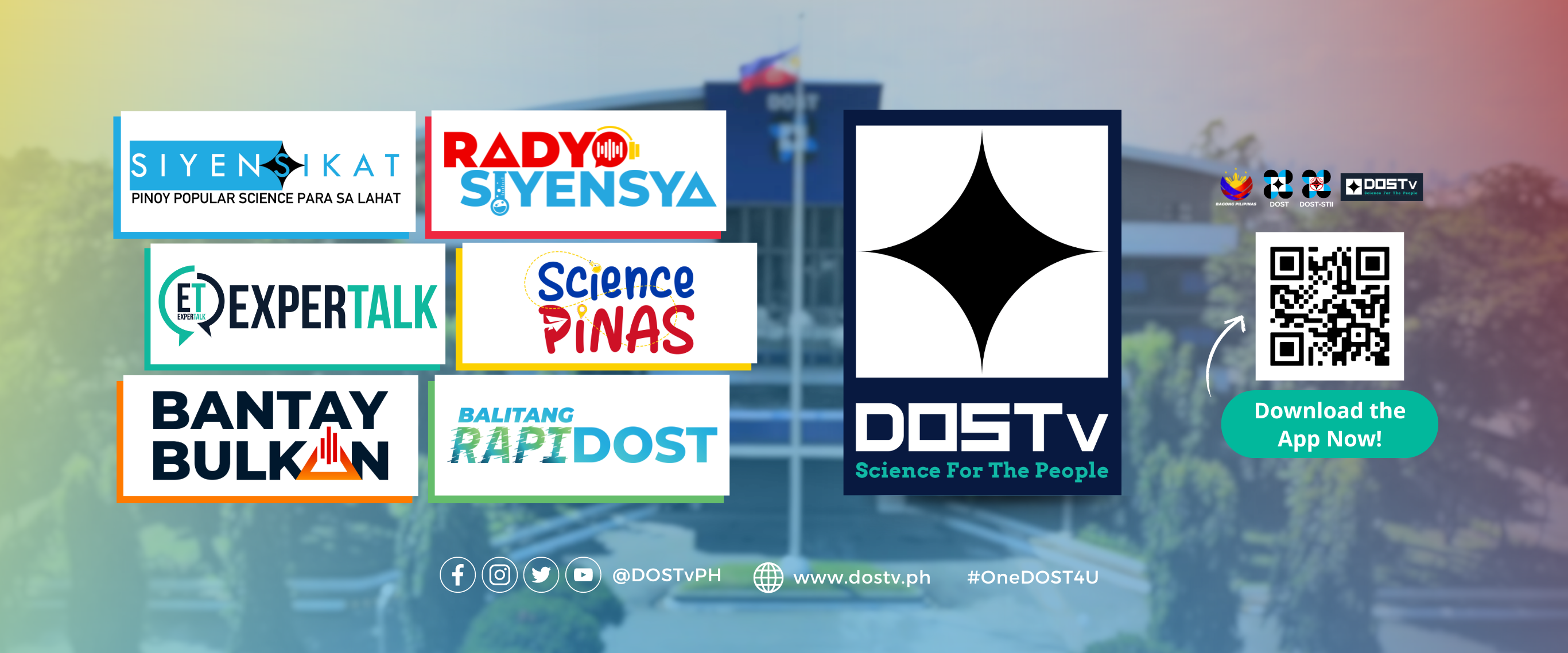

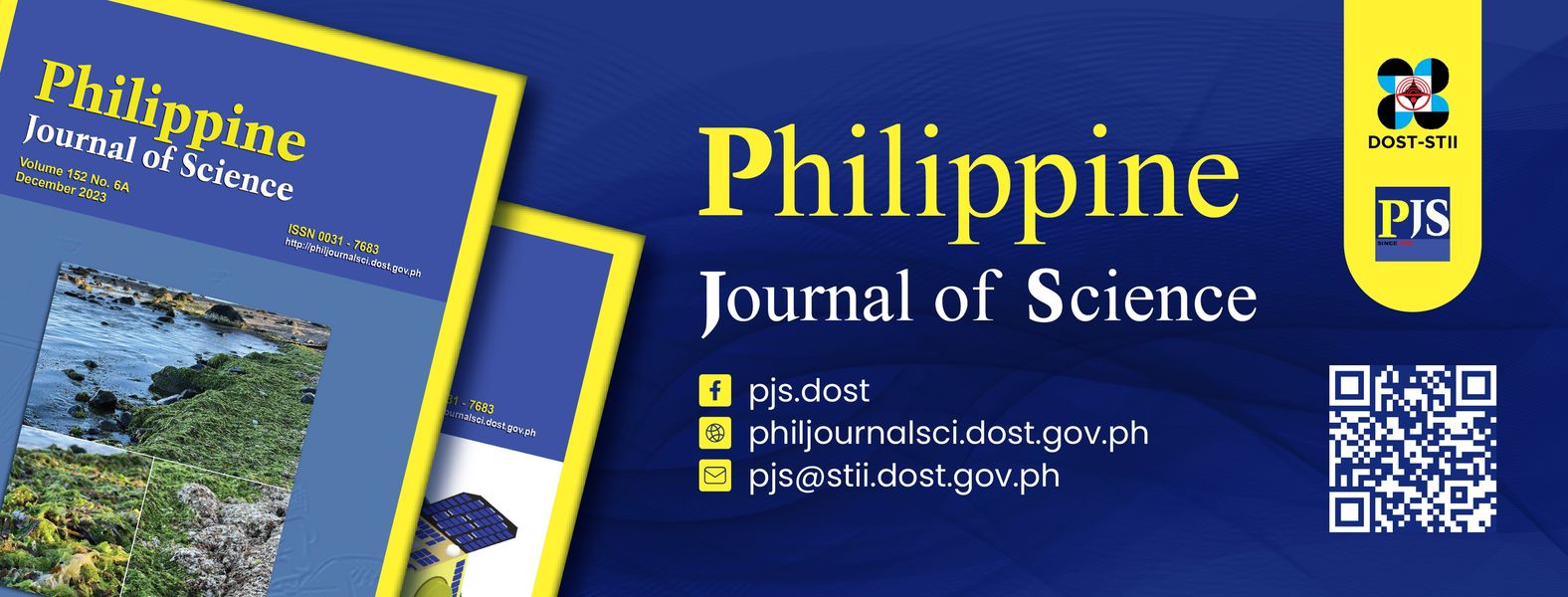




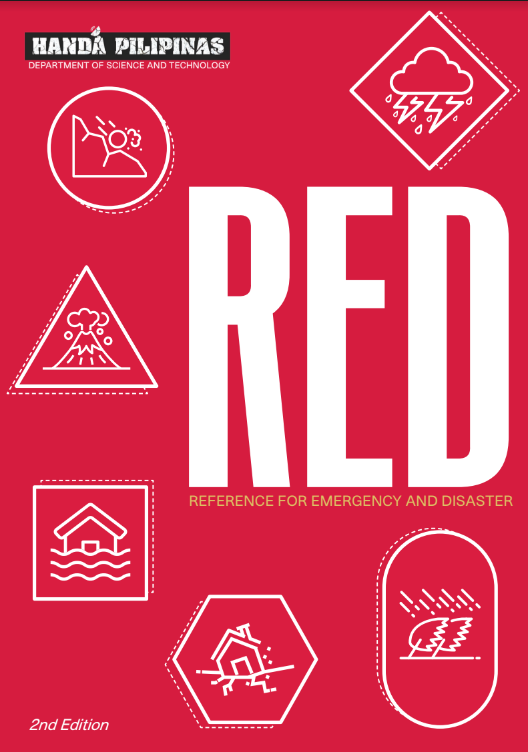





 21 in 2021 Technology Catalogue
21 in 2021 Technology Catalogue 21 in 2021 Technology Catalogue
21 in 2021 Technology Catalogue DOST Innovations - Web and Mobile Applications for Disaster Risk Reduction and Management
DOST Innovations - Web and Mobile Applications for Disaster Risk Reduction and Management